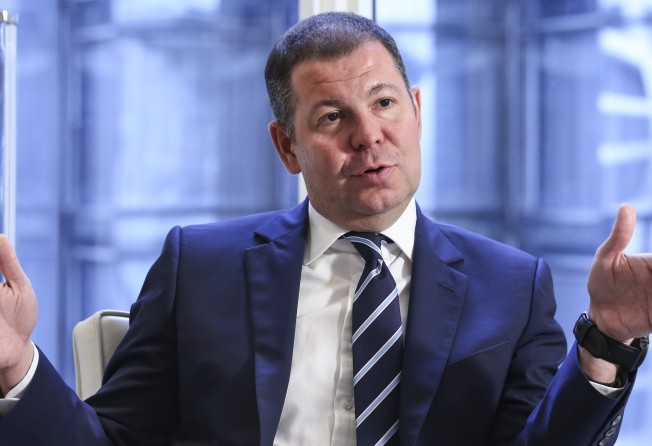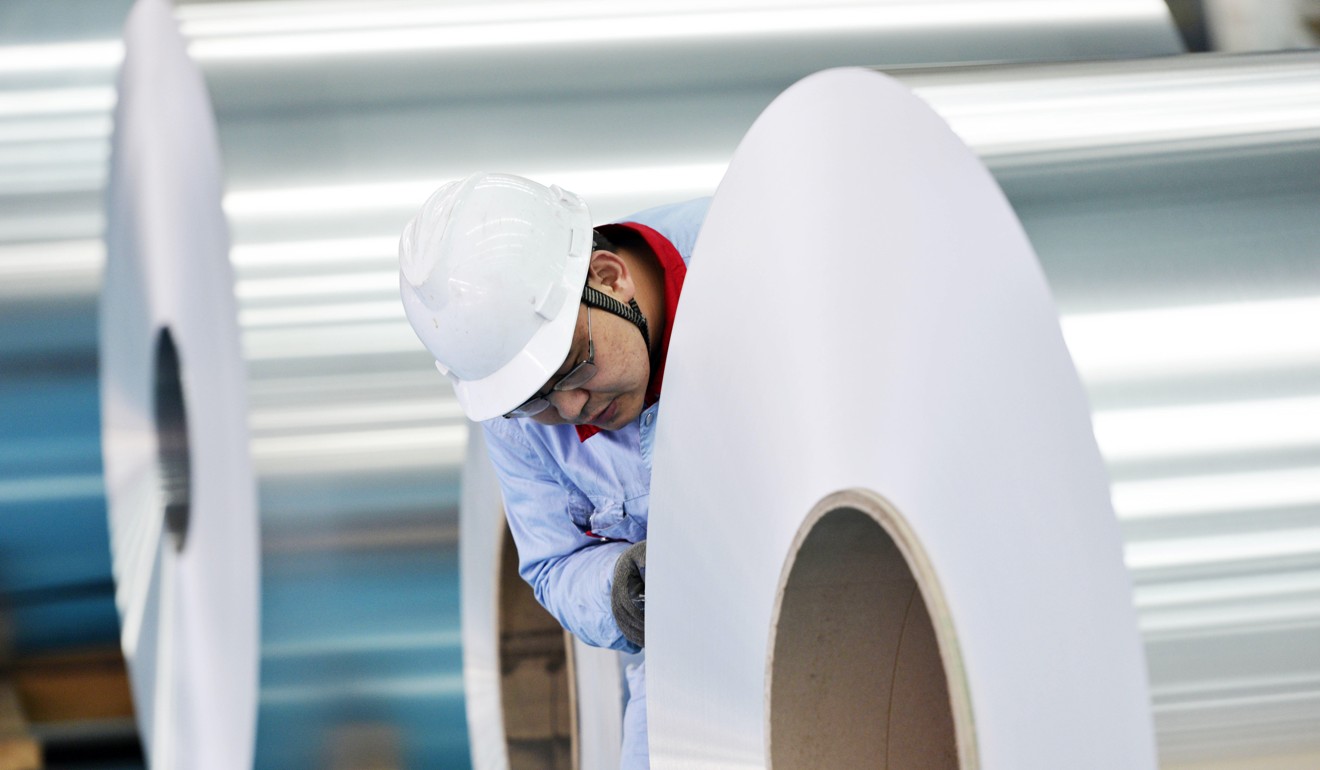Rusal plans to power its smelters wholly on hydro electricity by 2020
The Russian aluminium giant says it will phase out its remaining 10 pc reliance on power stations driven by natural gas and nuclear in favour of renewable hydro electricity

Rusal, the world’s second-largest aluminium producer, will stick to its goal to source all of its electricity needs from clean energy by 2020 despite the United States’ withdrawal from the Paris agreement on climate change mitigation, according to its deputy chief executive.
The Moscow-based firm will also invest more in research and development on new light weight alloys that mix aluminium and other materials, as China’s excess supply of low-end primary aluminium product continues to put downward pressure on prices.
“The US withdrawal has some international political influence on the climate process but not a fatal one,” Oleg Mukhamedshin, deputy chief executive of Rusal told the South China Morning Post in a recent interview. “China, the European Union and Russia have signalled their strong intention to stay the course on their commitment.”
Hong Kong and Moscow-listed Rusal, blessed with access to abundant and cheap hydro power in the world’s largest nation, aims to have all its smelting plants powered by hydro electricity by 2020, up from around 90 per cent currently. Power stations fuelled by either nuclear or natural gas make up the remaining 10 per cent.
By contrast, China’s aluminium smelters, which produces half the world’s output of the metal, get 90 per cent of their energy from carbon emission-heavy coal-fired power, which is expected to become more costly when Beijing gradually rolls out carbon emission quota trading in the next few years.
United States President Donald Trump early this month pledged to cease all participation in the 2015 Paris agreement on climate change mitigation as part of his “America First” policy, but remained open to negotiating for “a better deal.”
The US was the world’s second largest carbon dioxide emitter after China last year, and was the seventh largest aluminium producer.
China is by far the largest producer of the aluminium. Russia, the second largest aluminium smelter, produces only one-eighth of China’s output.
Aluminium is one of the most energy-intensive industries, with electricity cost typically accounting for a third of operating costs at smelters.

Rusal’s Hong Kong shares closed 0.3 per cent higher on Friday at HK$3.72. They have risen 13.4 per cent so far this year, compared to a 16.7 per cent rise of the Hang Seng Index.
Rusal plans for higher value-added products to account for 55 per cent of its total output by 2020, up from 44 per cent last year, Mukhamedshin said.
It also plans to invest US$150 million by 2019 in various projects to help achieve the target.
The three biggest applications of such products are in the automotive, construction and electrical segments.
Examples include alloy wheels and other automotive uses that require both strength and lightweight properties.
Rusal is also working on a project to produce powder from high strength aluminium alloys for 3D printing, a computer technology used to fabricate products from layers of materials.
Rusal signed an agreement in 2016 to set up an equally-owned joint venture with north China-based aluminium alloy cable maker Hebei Joy Sense Cable.
The pair had an initial plan to modernise Hebei Joy’s facilities for power supply cable products, including heat-resistant power transmission lines made of aluminium-zirconium alloy under Rusal’s license. An annual plant capacity of 50,000 to 100,000 tonnes is targeted.
Such alloy can replace copper in electrical cables, as it is lighter and much less expensive than copper, but provides similar electrical connectivity, according to Mukhamedshin.
“Our long term goal is to occupy a reasonable market share of innovative cables made of aluminium alloys in China and then enter the Southeast Asian markets,” he said.
The product is undergoing pilot testing in China and a plant feasibility study is targeted to be finished by the end of this year, he added.
He said the excess-capacity problems in China’s primary aluminium sector are likely to persist, even as older production facilities are set to be scrapped, following a directive by Beijing earlier this year to crack down on “illegal” outdated operating capacity. While some plants are to be shut down, a wider goal is to cut 30 per cent of capacity during winter months to reduce air pollution.
“The market is sceptical of the effectiveness of the Chinese industry’s supply-side reform, that’s why we have not seen big aluminium price rallies in both London and Shanghai’s commodities exchanges,” he said.
By contrast, the global market, excluding China, suffers from a production shortfall and aluminium inventories are relatively low. Chinese exports of aluminium have also been curbed by a high export tax, he noted.
Wang Yanchen, commodities consultancy CRU’s London-based principal consultant for China aluminium market, concurred.
“We expect China’s aluminium supply to exceed that of demand this year, but the degree of excess is hard to forecast due to uncertainty of the local government’s execution of Beijing’s policies on shutting capacity,” said Wang Yanchen, a principal consultant for China aluminium market at CRU.
Aluminium prices in China have fallen 4.5 per cent in the last four weeks after rising around 23 per cent since September last year on the back of policy-driven supply reduction expectations.
A rise in this month’s reported inventory to 1.24 million tonnes at warehouses was partly to blame, the highest level for June since 2010, Wang noted.
“The high inventory is the biggest source of pressure on China’s aluminium price,” he said.
In the first four months of 2017 China’s aluminium output grew 19.5 per cent on year to 12.2 million tonnes, The fastest in five years, outpacing demand growth of 11 per cent, according to industry consultancy Antaike.
Resumption of production is happening or has been planned for production lines with 700,000 tonnes of annual smelting capacity, the consultancy estimated. China has around 38 million tonnes of annual capacity.